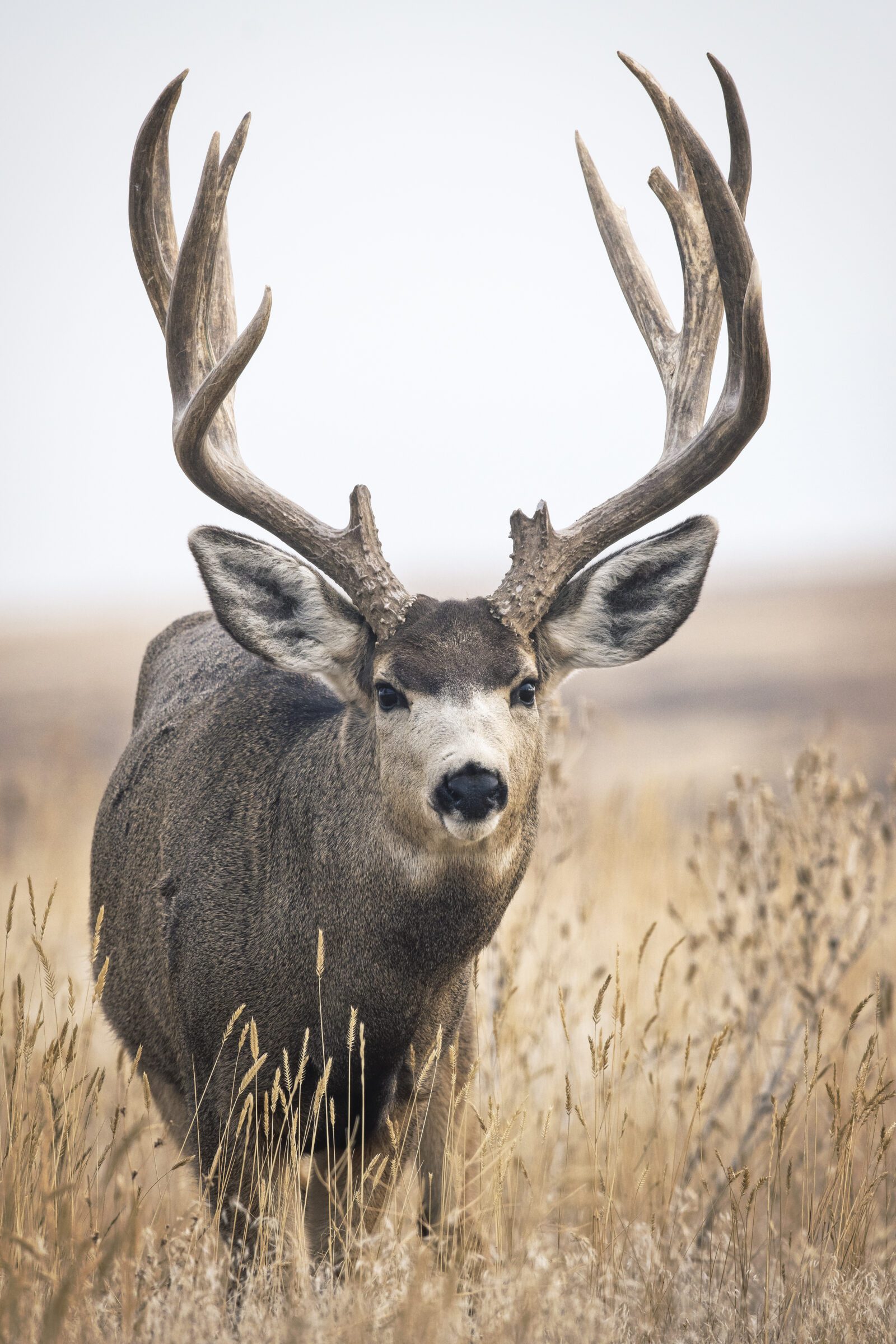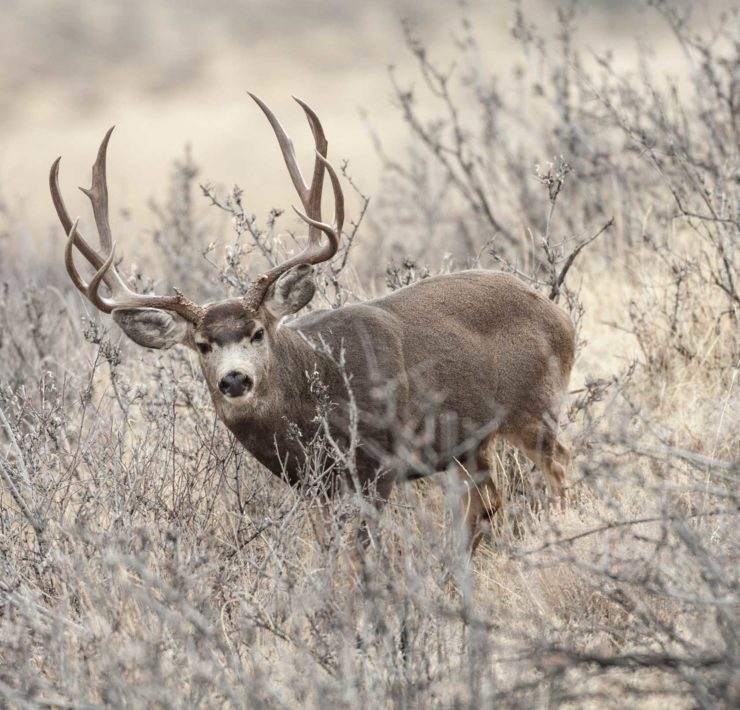Where the Deer Stand:

Following the WAFWA (Western Association of Fish and Wildlife Associations) conference here’s what we know about mule deer and black-tailed deer.
Based on the 2024 Range wide Status of Black-tailed and Mule Deer report, here are the population status summaries for both species:
Black-tailed Deer (Odocoileus hemionus columbianus)
- Overall Trend: Most black-tailed deer populations across their range are stable or increasing.
- Notable Observations:
- Western Oregon and parts of California have shown improved population indicators.
- Washington reports largely stable trends, although some localized declines exist.
- British Columbia reports regional variability, with some populations stable and others decreasing.
- The species continues to face challenges from habitat loss, urbanization, and predation.
Mule Deer (Odocoileus hemionus hemionus and subspecies)
- Overall Trend: Mule deer populations have seen a long-term decline in many areas but are currently stable or increasing in some regions.
- Notable Observations:
- Colorado, Wyoming, and Utah report stable to slightly increasing numbers due to favorable weather and habitat management.
- Nevada and New Mexico populations remain lower than historical levels, primarily due to drought, habitat fragmentation, and disease.
- Northern states and provinces such as Montana and Alberta are seeing generally stable trends.
These trends reflect the impact of regional weather patterns, habitat quality, disease, and predation, with a continued focus on habitat management as a key factor in population health.
State Breakdown:
Mule Deer Populations by State (2024)
| State | Population Estimate | Trend | Notes |
| Arizona | 85,000 – 100,000 | Decreasing | Drought and habitat loss issues. |
| California | 370,000 – 400,000 | Stable to Decreasing | Declines in some areas like the Sierra Nevada. |
| Colorado | 418,000 | Increasing | Following population recovery efforts. |
| Idaho | 280,000 – 300,000 | Decreasing | Winter mortality impact. |
| Montana | 175,000 – 200,000 | Increasing | Improved recruitment. |
| Nevada | 80,000 – 90,000 | Stable | Population recovering from drought. |
| New Mexico | 80,000 – 90,000 | Stable | Populations vary by region. |
| North Dakota | 5,000 – 10,000 | Stable | Limited range in badlands. |
| Oregon | 180,000 – 200,000 | Decreasing | Habitat loss and disease issues. |
| South Dakota | 65,000 – 70,000 | Stable | Stable with localized variability. |
| Texas | 25,000 – 30,000 | Stable | Concentrated in western regions. |
| Utah | 330,000 – 340,000 | Stable | Above long-term average. |
| Washington | 150,000 – 170,000 | Decreasing | Harsh winters and disease. |
| Wyoming | 400,000 – 420,000 | Stable to Increasing | High-quality habitat recovery. |
🦌 Black-Tailed Deer Populations by State (2024)
| State | Population Estimate | Trend | Notes |
| California | 300,000 – 350,000 | Stable | Mostly along coast and northern forest regions. |
| Oregon | 225,000 – 250,000 | Decreasing | Affected by habitat fragmentation. |
| Washington | 300,000 – 325,000 | Decreasing | Disease and development pressures. |
| Alaska | 80,000 – 100,000 | Variable | e Highly variable due to winter severity and predation. |
Join the Mule Deer Foundation Today
Good luck this fall and remember to send any success pictures or stories from the field to [email protected] and you could be featured on our website or in our magazine. If this article or any of our articles have helped you become a better hunter or conservation steward, consider becoming a member of the Mule Deer Foundation for only $35 dollars a year. Click here to join: https://muledeer.org/product-category/membership/





